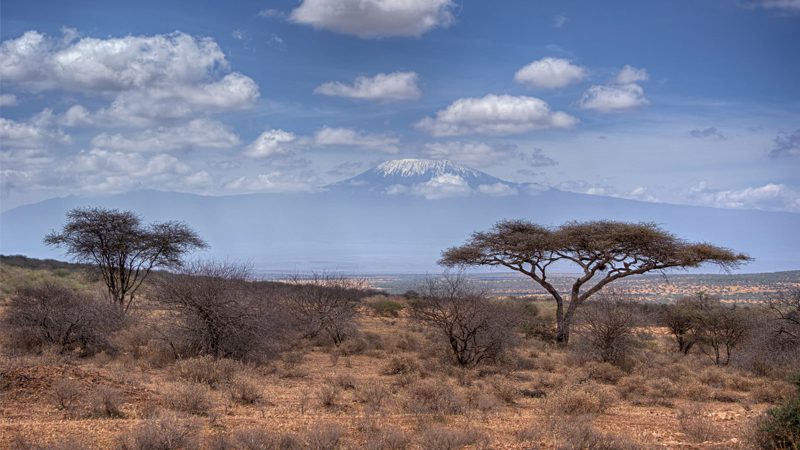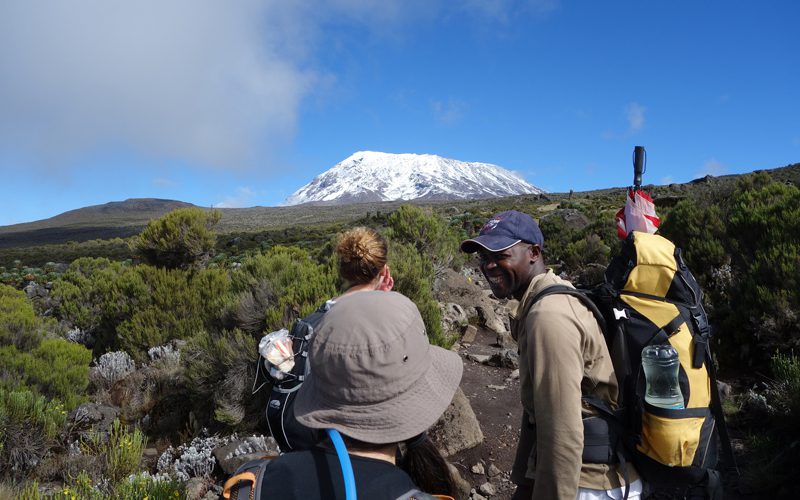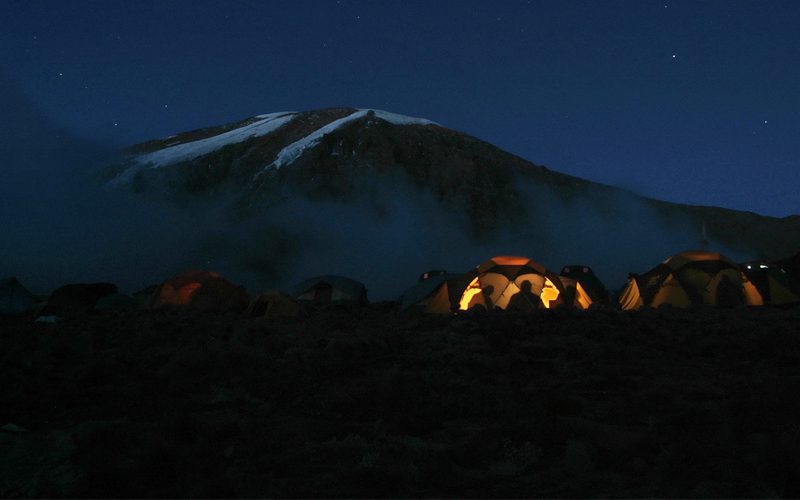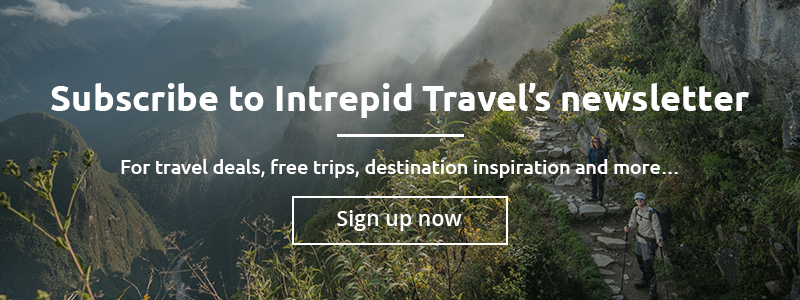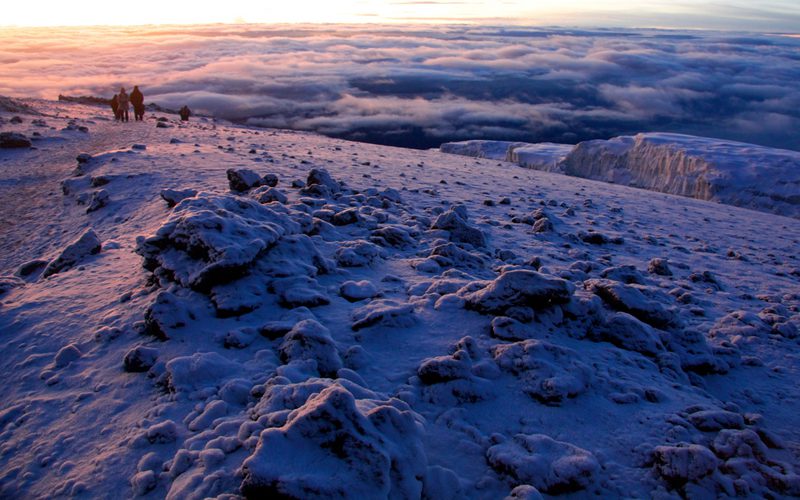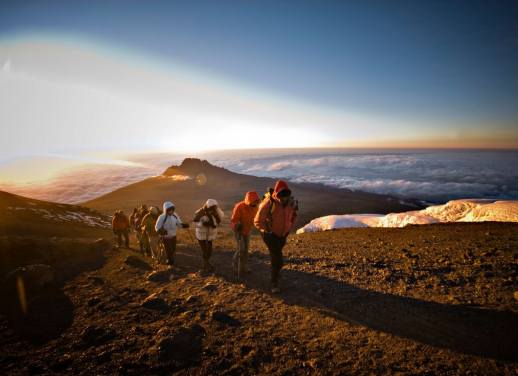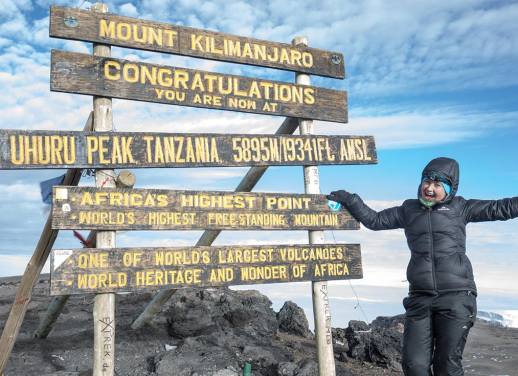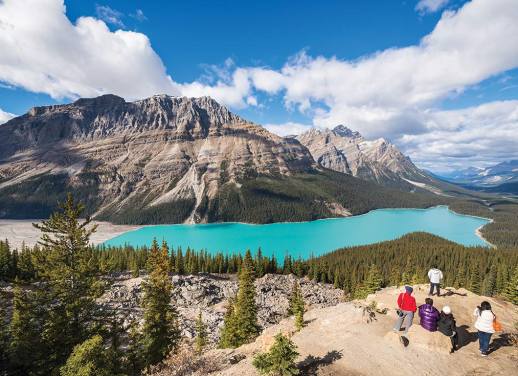Technically, there’s only one way to climb Kilimanjaro: up.
More specifically though, there are six: Marangu, Machame, Rongai, Lemosho, Shira, Northern and Umbwe. Of these six routes, Intrepid operate three: Marangu, Machame and Rongai. Marangu and Machame are the most popular. They’re known as the Coca-Cola and Whisky routes respectively. Why? That’s what we wanted to know.
We sat down with bona fide mountain-slayer Justaz Leonidas to find out. As an Intrepid leader who’s summited Kili 263 times in 19 years, we figured he’d be the man in the know.
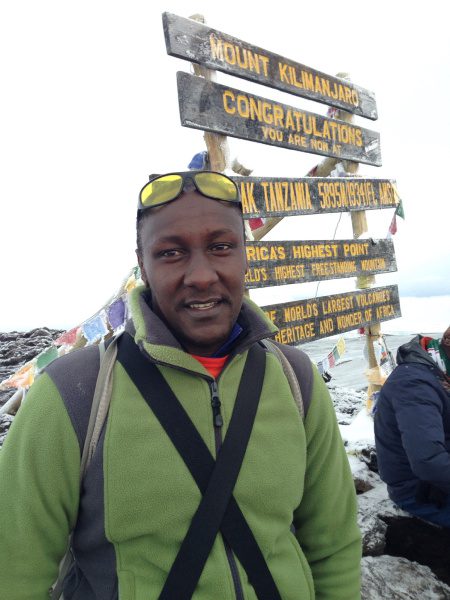
Hi Justaz, thanks heaps for coming in.
No problem, it’s a pleasure to be here.
Great. First off, the big question on everyone’s lips. Is it true one should climb Mt. Kilimanjaro drunk?
…What?
Is it advisable to drink whisky whilst scaling Africa’s highest mountain?
What? No, why would you… Oh, the Whisky Route, right. No, you should only drink water and tea.
…So you just drink whisky if you’re going the Machame route?
No whisky at all. Alcohol is bad for altitude and keeping hydrated. I would never advocate drinking alcohol on a hike. The Whisky Route is just called that because it’s considered to be the hard route. You know, like whisky’s the hard liquor.
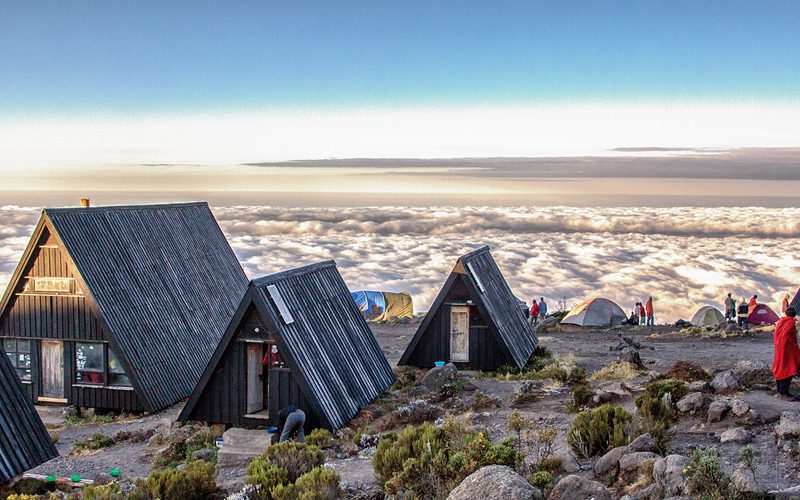
Image c/o Thorsten Hansen, Flickr
READ MORE ABOUT INTREPID LEADER JUSTAZ IN THIS NATIONAL GEOGRAPHIC ARTICLE
Got it. And the Coca-Cola Route?
Well Marangu is called the Coca-Cola route because you used to be able to buy Coca-Cola along the way.
What, and you can’t any more?
No.
But that’s an outrage. Why not?
Because Kilimanjaro is a national park and Coca-Cola bottles create litter. Glass and plastic water bottles are banned from the whole park. You can only bring in aluminium or reusable water bottles. Also, people climb Kili to be in nature, not to be buying soft drinks.
Yeah, fair enough… Can you buy Fanta?
No.
Hm…(Sounds of scratching out ‘Fanta’ on notepad)…so, tell me Justaz, is it true that the Machame route is more difficult?
You know, I do not think that Machame is the more difficult route. I in fact think it is the easier route.
Really?
Yes. Because, first of all, Machame is well designed for acclimatization. Most of the days you climb high and sleep low, which is something that you should aim for on any hike at altitude. On the Marangu route you don’t descend until after the summit. With Machame you’re going up and then down every day, which prepares you for the next day’s altitude and also breaks things up a bit. You use different parts of your legs.
READ MORE ABOUT CLIMBING KILI WITH INTREPID TRAVEL
Does that mean more people end up summiting Machame than Marangu?
In my experiences, yes: the success rate for people summiting Machame is higher than on Marangu route. Because on Machame route you ascend more gradually, people have more time to acclimatize. So they don’t usually get affected by altitude sickness.
What I will say against Machame is that the descent is harder. Marangu is easier to descend because it’s a more gradual descent. People often say they ski down the loose scree, but that’s only if they want to descend quickly. If you want to descend slowly you can zigzag down. The Machame descent is a little tougher, especially from the base camp down to the final night. You are going down many steps and stairs – this can be tiring.
Ok. Interesting. So given all this then, why do you think some people prefer the Marangu route?
To me there are two main reasons for this: price and comfort.
Because it’s possible to climb Marangu in as short as five days, it’s a cheaper trip. You know, some operators advertise it like this; that their trip is shorter so you will save money and then have more time for going on safari or whatever. To me this is not professional. They are rushing things and this can be dangerous. Intrepid itineraries on both Machame and Marangu factor in extra days to help hikers acclimatize. I think this is very important. But still, even done with the responsible amount of days, Machame is a few days longer. So it is more expensive.
The other thing is that on Marangu route you sleep in huts, so it’s warmer. On Machame route you are camping in tents.
Do you think Machame is worth the extra money?
Yes, because it also has more varied sceneries. On Kilimanjaro there exist more than five climate zones, and on the Machame route you see all of them plus the sub-zones as well. On Machame route you see cultivation zones, mountain rainforest, heath and montane forest, alpine desert, the tundra or moon desert and the alpine desert. On Marangu you see only cultivation zones, forest zone, heath zone, montane forest, and alpine desert.
On Machame route you also start to see glaciers sooner than on Marangu route; just after 4,600 metres. You get very close to Western Breach, and from here you start to see most of the glaciers: Heim Glacier, Decken Glacier and Kirsten Glacier. And where you set up camp on the fourth night is just below the glaciers; by day four on Marangu you are only starting to see glaciers for the first time. But once you’re at 5,000 metres altitude the glaciers are all the same whichever route you’re on.
 And what about wildlife?
And what about wildlife?
Wildlife is very similar on both routes because you only see wildlife in the forest and it’s the same type of forest on both Marangu and Machame. The wildlife is mostly primates and birds. If you want a chance of seeing see more wildlife then you take the Rongai Route, as that looks down onto Amboseli National Park. Maybe one out of five times on this route you can see elephants and other wildlife – but only from a distance.
You’ve climbed Kili 263 times, right? Or is that the number of times you’ve actually summited it?
That’s the number of times I’ve summited it.
Wait… So how many times have you climbed it then?
Um, I think maybe 700 or 800 times?
(Expletive)
(Laughs). Yes, because before I became group leader I was a supporting guide for many years. And as a supporting guide most of the time you are assisting people come down who couldn’t make it; who got sick or something. And before that I was cook. And cooks don’t summit. They descend before to set up base camp.
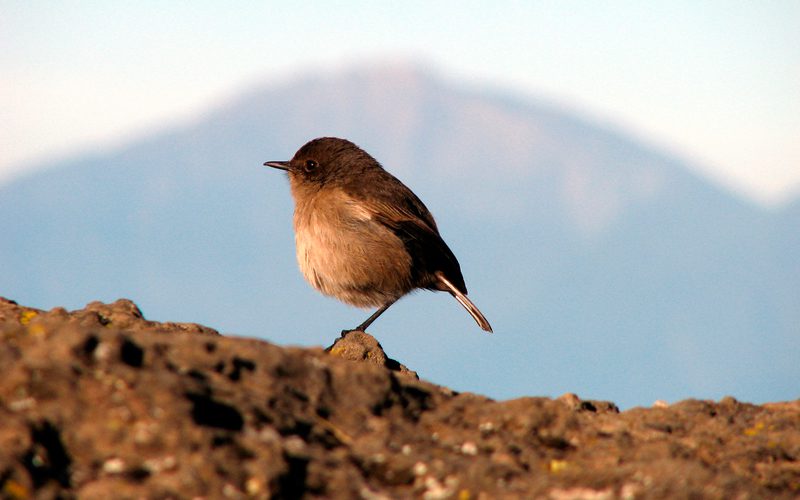
Image c/o Alex Lichtenerger, Flickr
So, tell me the truth. Even after 263 times to the top, does still it annoy you a little bit if you can’t reach the summit because you have to bring someone back?
(Laughs). For me I don’t think this has ever happened before. I think that in all the trips I’ve led as group leader at least one person has reached summit. But no, I would not be annoyed.
Not even a little bit?
No.
(Microphone suddenly becomes a little bit muffled). Maybe that’s when you drink some whisky, right?
Haha. No.
(Microphone still muffled) … Do you want to drink some whisky now?
What? No. Put that away.
Yeah. Me neither. Gross… (Microphone suddenly again becomes clear) Hey, so any final points you’d like to make about Marangu or Machame?
For those who want to take the Marangu route I think it’s important they know it’s a two-traffic way, that you climb and descend the same way. On Machame route though you ascend via Machame and descend via Mweka route. This means you get to see the two sides of the mountain.
Also, because the Marangu ascent and descent are the same way, there’s two-way traffic. People are walking against each other, talking to each other and sometimes bumping into each other. Machame though is only for ascending and Mweka only for descending.
READ MORE: WHAT I WISH I KNEW BEFORE CLIMBING KILIMANJARO
One final point I’d also like to make is that people often underestimate how cold Kili gets; they think ‘Africa is on the equator, it will still be warm’. They might have been hiking in Canada or the Himalayas or wherever and so they think ‘I was warm with this in Nepal, I’ll be fine in Tanzania with it’. But Kili gets extremely cold: down to minus 22.C. And it can be freezing from Day 2. So people really need to make sure that their clothes and sleeping bag are of a good quality. At least one of their sock pairs should be ski socks. For the cold they really need to bring thermal underwear, a pair of windproof trousers, a waterproof shell jacket, a 3-4 season sleeping bag, a balaclava and beanie, quality fleeces and a good down jacket.
Peregrine offers all its travellers complimentary down jackets, but some people say they don’t want them; that they’ve brought their own. The problem is, sometimes their own jackets aren’t good quality enough. The Peregrine ones are, so I’d recommend everyone accept these. Even if you’re sleeping in huts along the Marangu route, you really need all of these things for the cold of Kili. And please don’t bring a plastic water bottle. It won’t be allowed in and then you have to hire one. And that’s not always hygienic.
How old are you, Justaz?
I’m 36.
And how old is the oldest guide who’s still climbing Kili?
I think about 64.
Do you think you’ll still be climbing Kili at 64?
Me? No. I hope not.
But that’s only another 28 years…
I only want to do it for another four years. Then I might just keep climbing it like, once a month or something. You know, just to keep healthy.
Yeah, just once a month. No biggie.
Yeah, once a month is ok.
You’re a mountain amongst men, Justaz. Thanks for your time.
Pleasure.
—
Want to test yourself on Africa’s highest peak? Check out Intrepid’s adventures in Tanzania.
—
Feature image c/o Diana Robinson, Flickr

